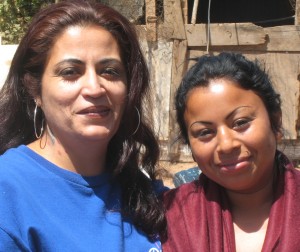 I once attended a church where the minister was known for his practice of reading all the way through the Bible every month. His discipline for being so “in the Word” is admirable. Yet, possibly influenced by this practice, his public teaching seemed to reflect a perspective of the Bible as one long book written all at once by a single author. He rarely mentioned the characteristics of a specific genre included within the Bible collection (like prophecy or poetry) or individual styles and word choices peculiar to different authors or key themes distinctive of each of the Bible’s 66 works of literature.
I once attended a church where the minister was known for his practice of reading all the way through the Bible every month. His discipline for being so “in the Word” is admirable. Yet, possibly influenced by this practice, his public teaching seemed to reflect a perspective of the Bible as one long book written all at once by a single author. He rarely mentioned the characteristics of a specific genre included within the Bible collection (like prophecy or poetry) or individual styles and word choices peculiar to different authors or key themes distinctive of each of the Bible’s 66 works of literature.
Don’t get me wrong, he is a man of great faith in God, and his life reflects the character of Jesus in many ways. He missed a great deal of the richness of biblical literature reading it this way, however, and likely sometimes misconstrued some of its teachings.
Each book of the Bible should be understood as part of the larger collection of spiritual works, but only after we understand it as an independent work of sacred literature. Sometimes we get this intuitively with other Bible books, but because the Gospels all report the life and ministry of Jesus, we might find it easier to ignore their individuality. In books like The Daily Bible and in pulpits every Sunday all over the world, well-meaning Christians harmonize all the Gospel narratives and teachings, as if scripture contained one consistent version of events regarding Jesus.
Many of us are more comfortable with this treatment of the Gospels than we are in acknowledging the conflicting versions of the crucifixion story and the ways identical teachings are placed in different contexts across the Gospels. Sometimes, I’ve seen people scratch their heads about these conflicts and suggest, “Maybe it’s like different witnesses today all describing the same car accident. They all tell what they saw from different angles.”
This post appeared as a guest contribution to the Women, Leadership, and the Bible blog. Keep reading.
To learn more, download a free bonus report, “Interpreting the Gospels.”



